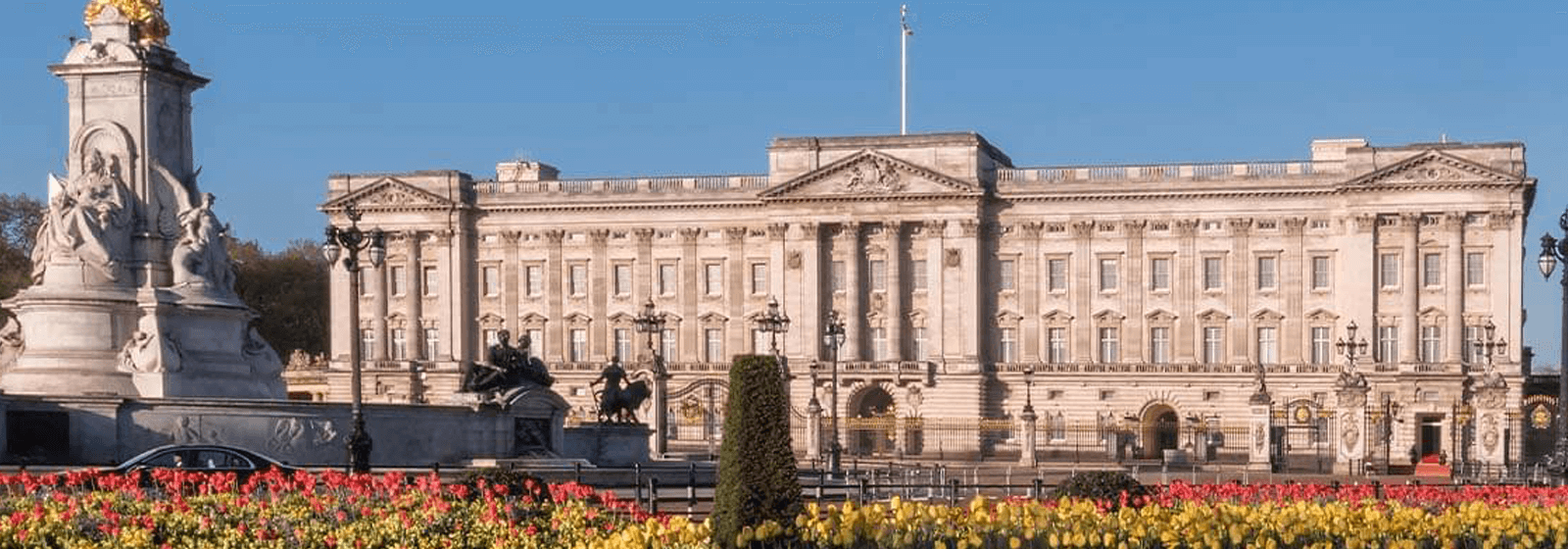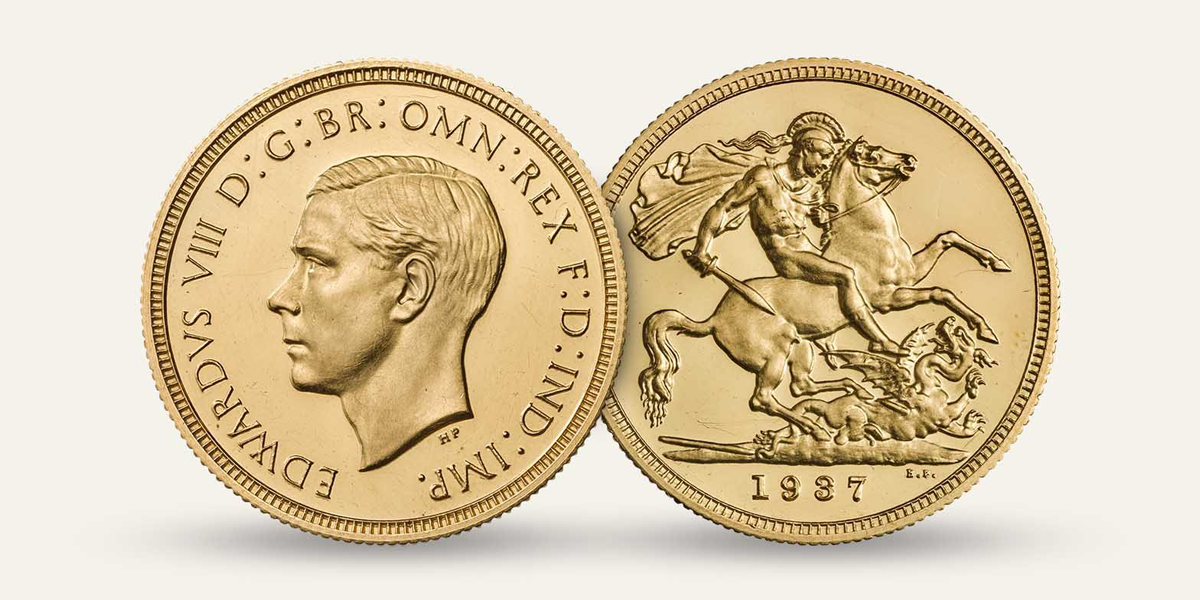British Monarchy
Established more than 1,100 years ago, the link between the The Royal Mint and the British monarchy is a connection that remains strong. We have struck the coins of every British monarch from Alfred the Great to King Charles III, capturing milestone moments along the way.
The Royal Family and The Royal Mint
Featuring on coins for the first time in 2025, King Charles III’s Royal Arms design by Timothy Noad features subtle changes to Elizabeth II’s Arms.
As part of a long-standing tradition, each new British monarch faces the opposite way to their predecessor on coins, with only one exception.
The House of Windsor is the current reigning house of the United Kingdom and has produced five monarchs – George V, Edward VIII, George VI, Elizabeth II and Charles III.
A Royal History in Coins
Edward VIII’s coinage portrait broke with a long-standing tradition dating back to the reign of Charles II in the seventeenth century.
When Queen Elizabeth II came to the throne in 1953, The Royal Mint was asked to mark the occasion with a special set of Proof coins.
Discover this month’s Sovereign, chosen for its unique backstory and importance in British coinage history.
British Royal Coins
Struck for British monarchs for over 1,100 years, explore our extensive collection of royal coins.
Known as our flagship coin, the Sovereign was first struck over 530 years ago, and it has been produced for every British king and queen since 1817.
The Royal Mint’s story goes all the way back to Alfred the Great and we’ve struck coins for every British monarch since.


